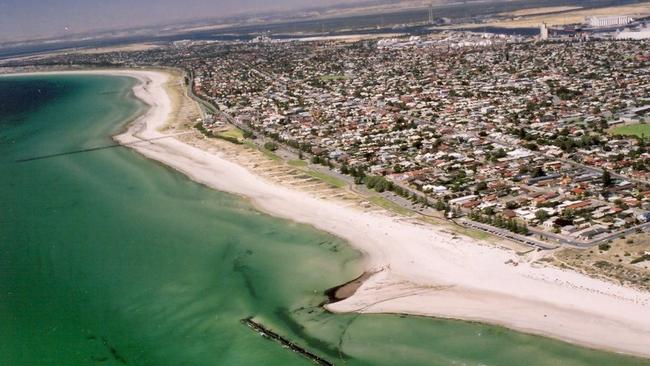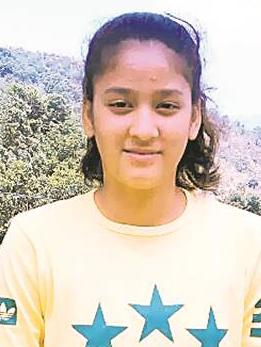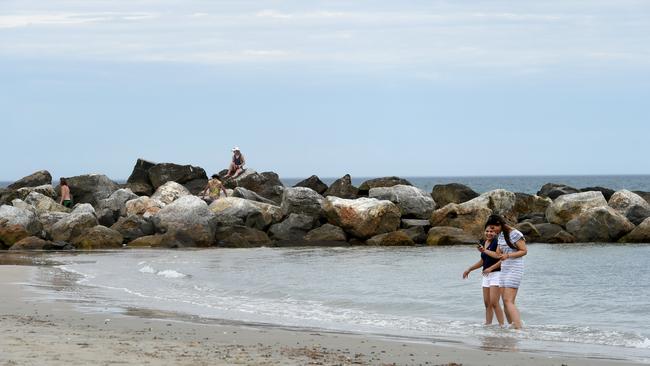Mayor wants urgent investigation into Semaphore breakwater after Glenelg drowning
AN urgent investigation is needed into another “dangerous” breakwater on Adelaide’s western beaches following the weekend’s tragic drowning of an Indian student, says a local mayor.
West & Beaches
Don't miss out on the headlines from West & Beaches. Followed categories will be added to My News.
- Access to Glenelg breakwater banned following drowning
- Government to pay for return of Nitisha Negi’s body to India
- Warning signs to be installed near breakwaters at Glenelg
- Overseas student drowns at Semaphore beach
- Shark enclosure for popular Adelaide beach to prevent deadly attacks
THE tragic death of a 15-year-old tourist at Glenelg beach has sparked calls for an urgent investigation into Semaphore’s “dangerous” breakwater.
Indian student Nitisha Negi’s body was found on Monday morning near the Glenelg breakwater, where she had gone missing the afternoon before.
Port Adelaide Enfield Mayor Gary Johanson said the breakwater at Semaphore, where another Indian student died in March 2016, had the “same sort of risk to the one in Glenelg”.
“We may have to do some urgent looking into that (an investigation),” said Mr Johanson, who is also pursuing a $400,000 shark barrier installed near Semaphore jetty.

“That’s one of the reasons I’m pushing for the shark nets because it keeps people in so it is easier to monitor them.
“We’ve lost people in similar situations and they (breakwaters) really are quite dangerous things.”
In March 2016, Indian student Alpesh Kumar Patel drowned near the breakwater at Semaphore.
A 63-year-old man drowned between the Semaphore and Largs Bay jetties in 2015.
“I suppose they are doing their job of protecting the land but you have to wonder at what cost? Would we better off without them (the breakwaters)?” the mayor said.


Mr Johanson said he would reach out to the State Government and Holdfast Bay Council to look for a safer solution along the coast.
He has requested Port Adelaide Enfield Council staff prepare a report for councillors on what can be done to minimise the risks to swimmers.
He added that he did not think better signage or banning people from the breakwater — as has now occurred at Glenelg following last week’s drowning — would be enough to prevent further loss of life.

However, Cr Peter Jamieson said the solution lay in ensuring tourists and migrants understood the possible dangers on Australian beaches.
“We have to understand that the solution is not necessarily closing off the breakwaters ... I think in the Port Adelaide Enfield area there are a number of multicultural groups who are being told to go to safe beaches like Semaphore and Glenelg and are dying because they can’t swim,” Cr Jamieson said.
“We need to teach the kids of the groups we are talking about the dangers of the water and also to swim — it will kill people again and again if we don’t.”
The breakwater at Semaphore was built in 2005 to prevent coastal erosion.


